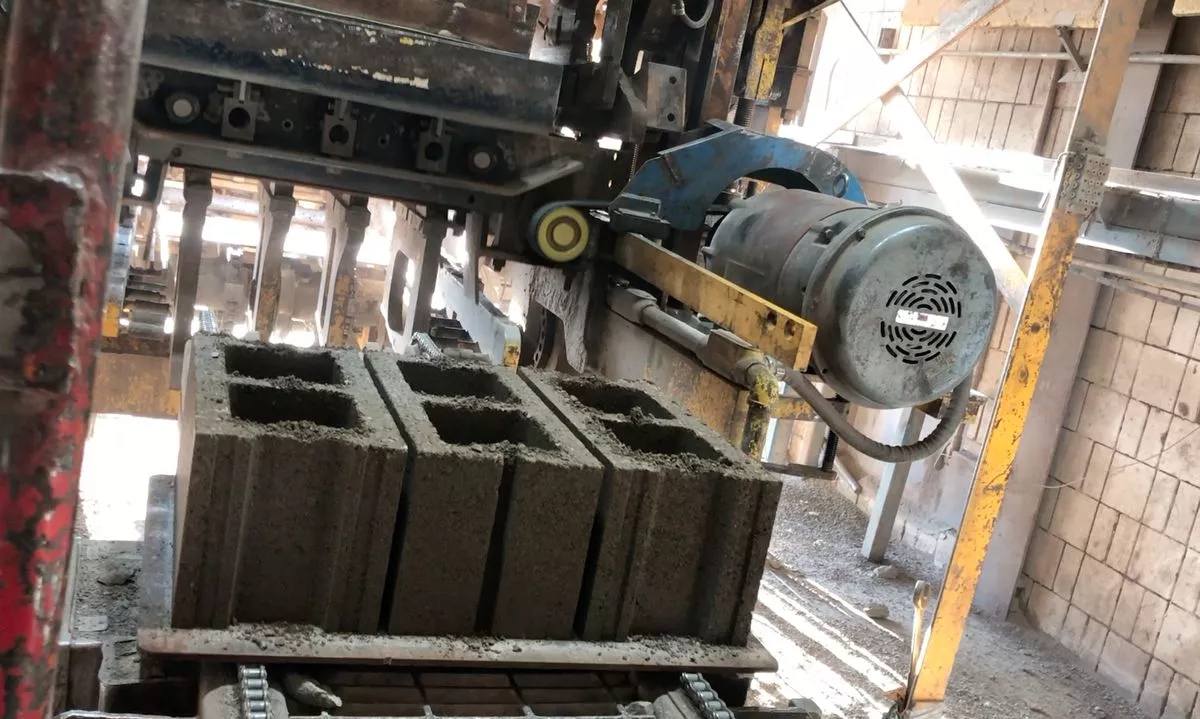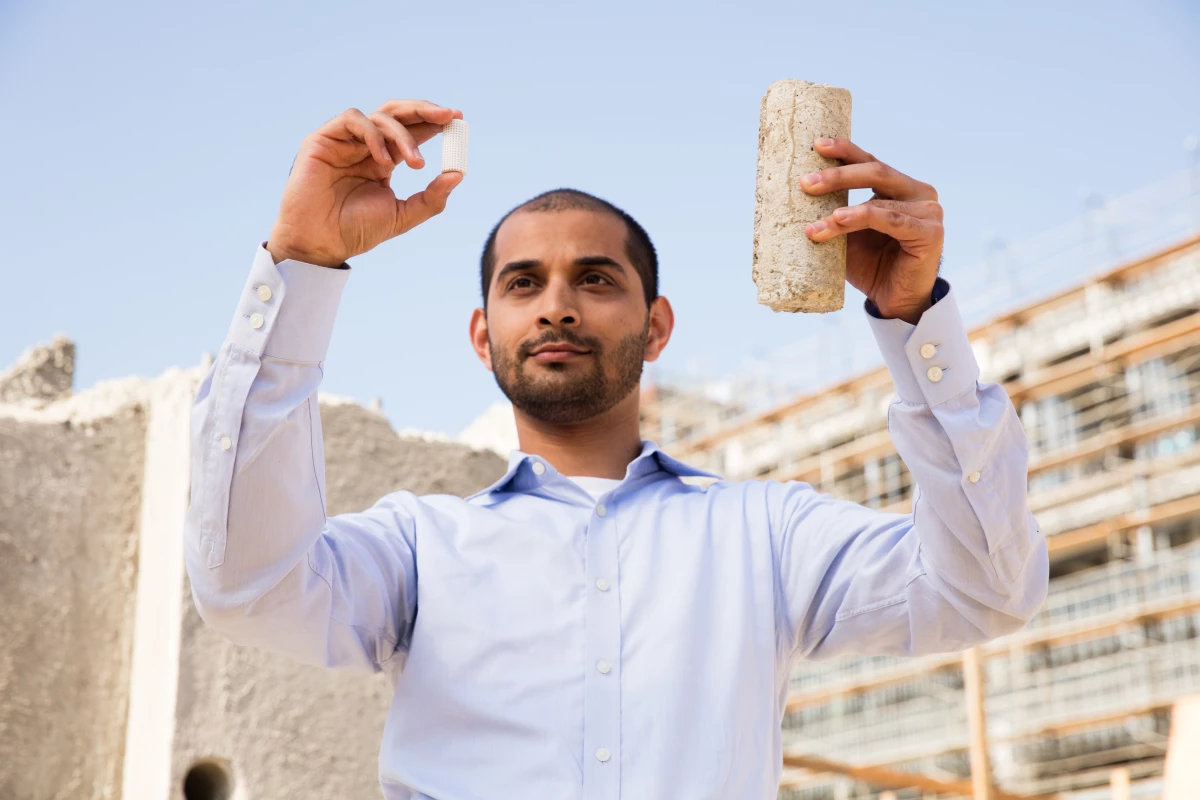A six-year competition to capture CO2 emissions from operational power plants and convert them into useful products has drawn to a close, and produced dual winners with technologies that promise to reduce the environmental footprint of concrete. The US$20-million Carbon Xprize has awarded cash prizes to two teams from North America, which were able to demonstrate how their approaches can remove meaningful amounts of CO2 and produce concrete that performs on par or even better than the traditional material.
The Carbon XPrize started out in 2016 with nearly 50 teams from all over the globe, which was reduced to 10 promising finalists in 2018. These teams were then made to showcase their technologies at either a coal-fired power plant in Wyoming, or a natural-gas-fired power plant in Calgary, Canada, where they were tasked with demonstrating their approaches in industrial settings. Winners were crowned in both locations after converting the most CO2 into products with the highest value, and keeping their own CO2 footprint, land, water and energy use to a minimum.
Canadian startup CarbonCure Technologies took out the $7.5-million purse on offer at the Calgary contest. The team's method involves injecting a highly specific amount of captured CO2 into a concrete plant's reclaimer system, where it reacts with calcium ions in cement to form a nano-sized mineral that can be incorporated into concrete mixes and enhance its compressive strength by up to 10 percent.

The necessary hardware can be retrofitted to existing concrete plants in a single visit, with a valve box feeding the precise dosage from a CO2 tank into the concrete as it is mixed. Thanks to this tweak to the recipe, that concrete can be produced with less freshwater, less solid waste disposal, and importantly, less cement, which is a particularly energy-intensive material to produce as it involves extremely high temperatures.
Meanwhile, earning the $7.5 million on offer in Wyoming was the CarbonBuilt team from the University of California, Los Angeles (UCLA), whose technology involves capturing CO2 from the flue gas streams of power plants or cement factories, and injecting it directly into the concrete mixture where it is transformed and stored permanently.
UCLA Carbon Built says this approach reduces the carbon footprint of concrete by more than 50 percent, and reduces the amount of ordinary portland cement needed by between 60 to 90 percent. The concrete, meanwhile, is just as strong and durable as traditional concrete, and was fashioned into blocks that each store three-quarters of a pound (340 g) of CO2 as part of the team's final demonstration last year. This also demonstrated that the technology could consume 297 lb (135 kg) of carbon dioxide in 24 hours.

“Concrete is one of the world’s most abundant materials, and a crucial frontier in the fight against climate change," says Marcius Extavour, vice president of climate and energy at XPRIZE. "The production of portland cement, the key ingredient that binds concrete and gives it its strength, accounts for approximately seven percent of global CO2 emissions. Concrete is also a material that can be readily made using CO2 as an input, which the winning teams have demonstrated really clearly. Now, deploying their technology to avoid and reduce emissions from heavy industry will be a gamechanger for global decarbonization in the fight against climate change.”
Source: XPrize




